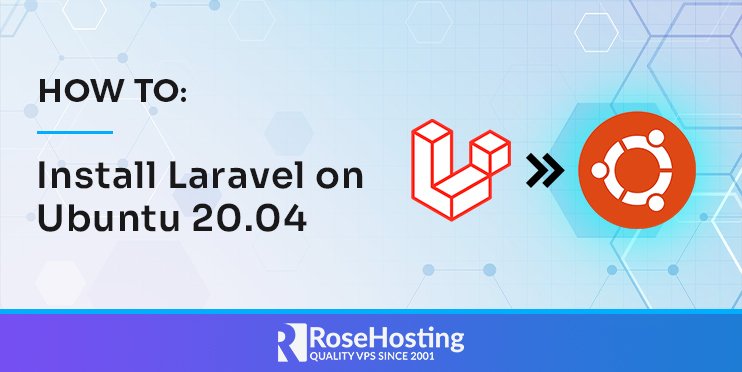How To Configure The Apache Internet Server On An Ubuntu Or Debian VPS
When you’re asked whether or not to save the modifications or not, press Y to save heaps of the modifications. If you’d, nevertheless, like to adjust the configuration in more element, please learn the comments in /etc/csf/csf.conf and edit them as you want. Enabling this function permits CSF to ship a more informative message to the shopper when a block is applied. On one hand, enabling it offers more data to the consumer, and thus could cause less frustration as an example in case of failed logins. On the opposite hand, this supplies more info, which could make it easier for an attacker to assault your VPS. Find step-by-step tutorials, handy code snippets, practical solutions and guides, helpful scripts, free and premium WordPress themes, and plugins.
For Linux VPS (using Ufw)
- Simply go to the Billing section, select the VPS you need to improve, and click on on Improve.
- At All Times present complete information about your VPS working systems and other software program when asking for code templates, scripts, or instructions.
- Methodology can be utilized, or you’ll have the ability to search for an OpenVPN port or package which is particular to your OS/distribution.
- In addition to a GUI, CyberPanel offers numerous options to simplify your web site administration and administration duties.

You can manage the database settings from this menu, together with uploading and importing file backups. Your server stores the general public key, which it will use to authenticate the non-public one. The personal key is solely accessible to approved events, just like the system administrator. Utilizing outdated software could expose your server to safety vulnerabilities and compromise your web site visitors’ data. In addition to strengthening security, updating your VPS ensures you’ve the latest options and efficiency improvements. After connecting to your VPS, execute commands within the new line to configure its settings.
Step-by-step Gre Tunnel Setup On VPS For Improved Networking
Understanding how to configure a firewall in your VPS is essential for mitigating these threats. A properly set-up firewall allows you to filter suspicious site visitors, block repetitive requests from the identical IP, and prevent malicious packets from overloading your server. Distributed Denial of Service (DDoS) attacks sitemap wordpress plugin and malware infections are among the many commonest threats concentrating on VPS servers. Such attacks flood your server with malicious traffic, rendering it slow, unresponsive, or completely offline. With Out safety measures, including a configured firewall, your server turns into a straightforward target for attackers. One of essentially the most fundamental options of a firewall is the power to block sure IP addresses.
Step 3: Configure Default Insurance Policies
If you’re managing a macOS-based VPS, studying tips on how to configure a firewall on your VPS Mac lets you fine-tune these settings and filter visitors effectively. This degree of control ensures that your VPS stays safe while enabling smooth operations for reliable customers and providers. A firewall allows you to management the flow of community site visitors to and from your Home Windows VPS. By defining specific rules and policies, you presumably can filter incoming and outgoing traffic based mostly on numerous standards, such as IP addresses, port numbers, and protocols. This filtering functionality ensures that solely licensed and legitimate connections are allowed, effectively blocking potentially malicious or unauthorized entry attempts. When organising a Virtual Non-public Server (VPS), one essential step to make sure security is the installation and configuration of a firewall.






















